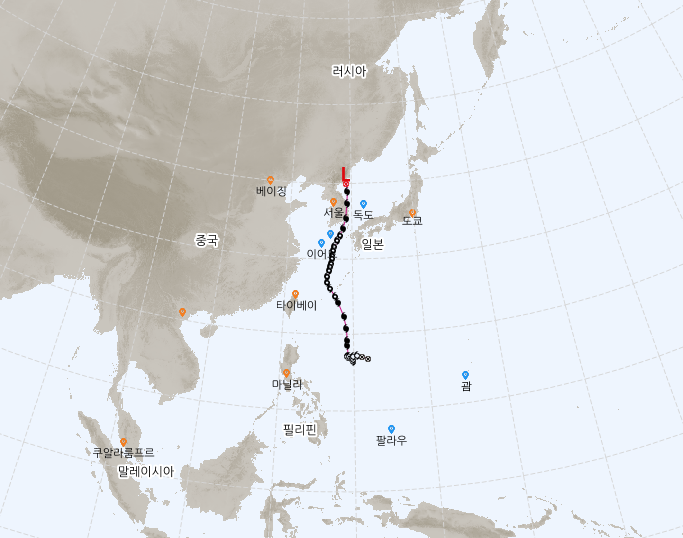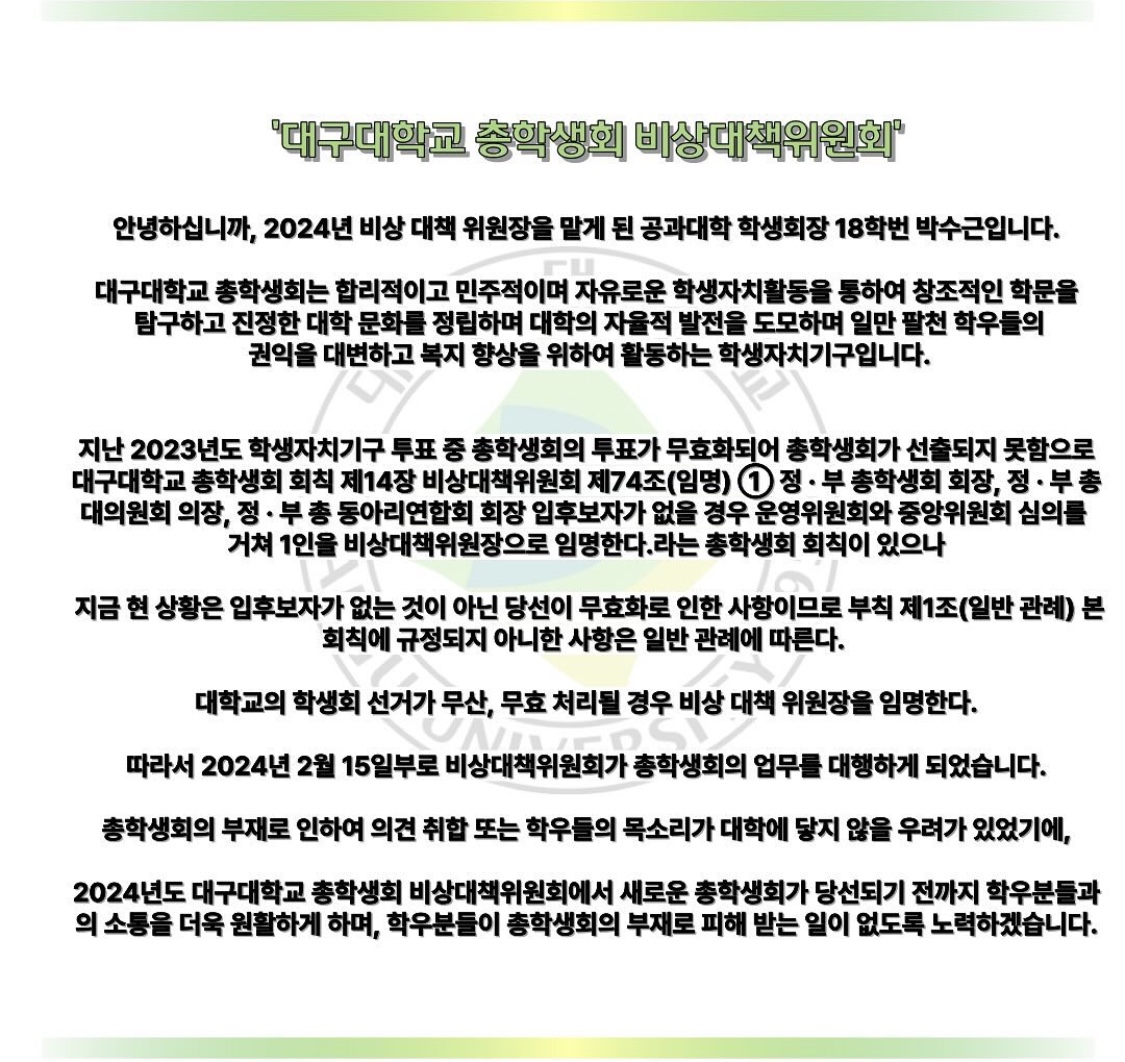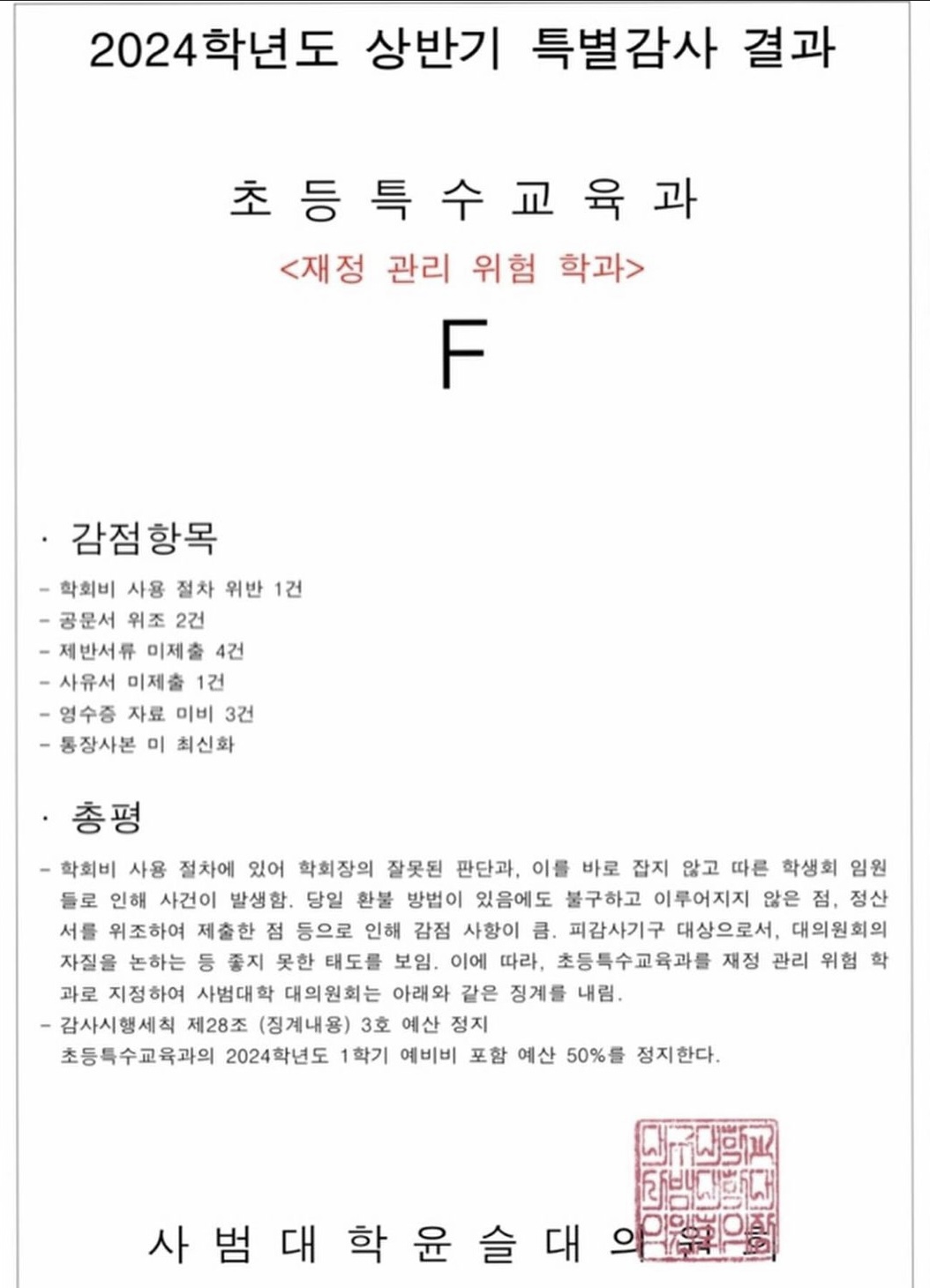 |
| 출처: 기상청 |
People suffered a lot in South Korea this summer due to the unexpectedly long rainy season and torrential rains. The Korea Meteorological Administration (KMA) had originally forecast a record-breaking heatwave, but the forecast was often incorrect; instead, South Korea was hammered by record-breaking rainfall without any preparations.
What has led to these consequences? People often say this is because of the Korean Integrated Model (KIM), which was first applied in April this year. S. Korea adopted a British model before, but the government felt the need to develop an independent Korean model for more accurate forecasts considering the characteristics of Korean meteorology.
Even though the KMA is currently stabilizing the KIM by using it in parallel with the British model, the KIM did not have a chance to accumulate enough data because it has only been half a year since it was first introduced. It is still in its early stages.
As the misinformation of the KMA continued, the public began to look to foreign weather agencies such as the United States of America, Norway, Japan, and the Czech Republic. It is often mentioned in social media that the Norwegian Meteorological Agency is more reliable than those of South Korea. It was only a matter of time before the KMA got the dishonorable nickname of Oh Bo-Cheong (False-delivering agency)
Also, people began to rely on what they could witness. Instead of paying attention to the weather forecast. Some people are checking the weather through CCTV and they even look for radar images. Since CCTV has images of passers-by, people could see whether people in a specific area were using an umbrella or not.
One encouraging thing is that the KMA recently made more accurate predictions than overseas weather forecasts. For the 9th typhoon, ‘Maysak’, only the KMA inferred the exact path of the typhoon; the typhoon landed on the southwest coast of Busan and escaped through the eastern part of South Korea. At that time, the U.S. and Japan's weather agencies predicted that the typhoon would penetrate the Korean Peninsula.
Although most of the public still distrusts the KMA, isn’t it possible that it will become the most reliable model for South Korea once it has accumulated enough data over time? It is our time to be attentive and patient.
L.L.F reporter Suk-ho Jung
정석호 ssukojung@gmail.com

 작년 총학생회 선거 무효화에 비대위 출범
작년 총학생회 선거 무효화에 비대위 출범

![[4∙10 총선] “TK지역 역대급으로 조용한 선거”](/news/photo/202404/6631_5793_2439.jpg)




